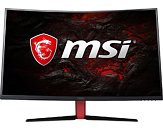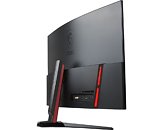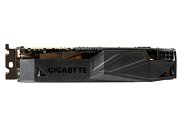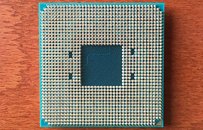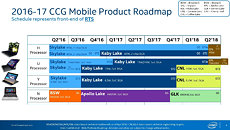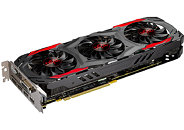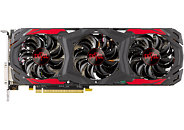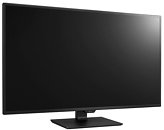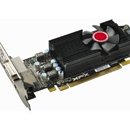AOC has been one of the most aggressive companies when it comes to launching new displays, with its gaming "AGON" series seeing the addition of multiple monitors in the past few months. The new C4008VU8 doesn't quite tick the gaming aesthetics box, however, which isn't all that bad. Personally, I much prefer its clean, no-frills design, absent of some over-design features.
The panel seems to be an interesting one, nonetheless, with its 40" size, 16:9, 4K (3840 x 2160) resolution on a 10-bit MVA panel, with a 60 Hz refresh rate. Its 5 ms response time is relatively good, though the absence of any VRR (variable refresh-rate) technology such as AMD's FreeSync or NVIDIA's G-SYNC is puzzling. The lack of HDR support, however, is kind of a downer, but a necessity when one considers the display's maximum 300 cd/m² brightness. The panel boasts an 85% NTSC wide color gamut with 1.07 billion colors, with 178º horizontal and vertical viewing angle on a 1800R curved display. As for adjustments, the monitor can only be tilted: 5 degrees down, and 13.5 degrees up. Connection-wise, the AOC C4008VU8 boasts 1x HDMI 2.0, 1x HDMI 1.4, 2x DisplayPort 1.2, and 1x VGA connector (only 8 months ago I would be using such a connection myself, so I really shouldn't judge. There are legacy use cases, after all, and more options are always better.) There are also 4x USB 3.0 ports available, one of which can be used for fast charging devices. The AOC is available with a MSRP of $899, though you may find some retailers selling these for less already.


